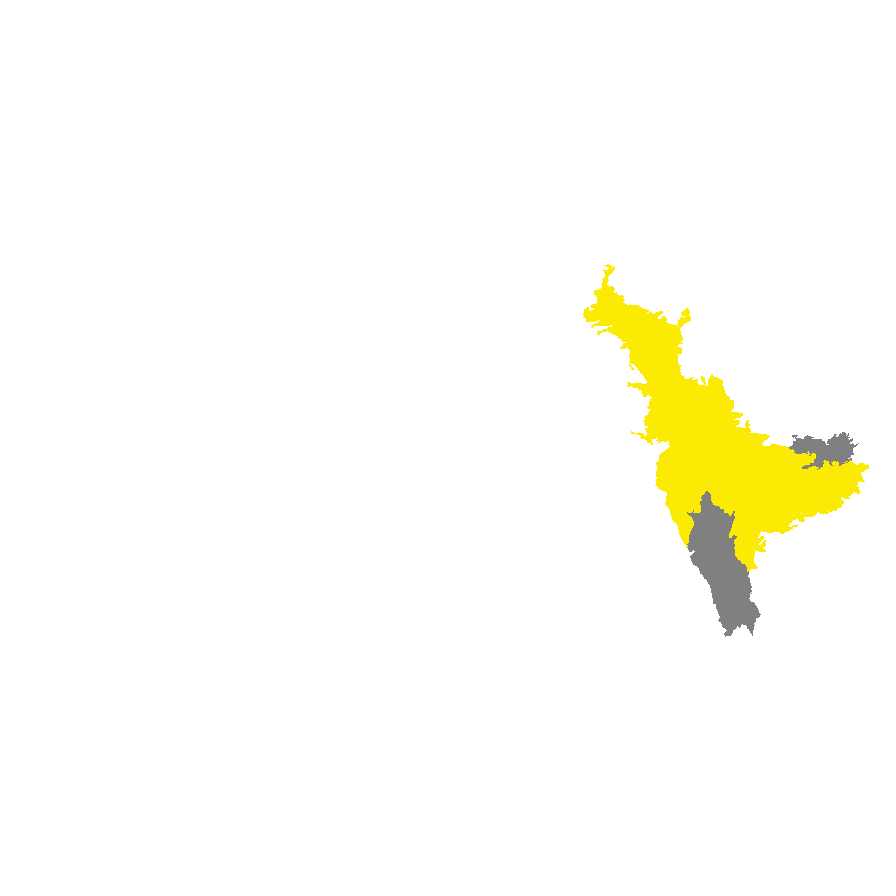




Botanical art
Common names
Branching Groundsel
Shrubby Groundsel
Etymology
Senecio from the Latin 'senex' meaning an old man; referring to the white pappus attached to the seed. Cunninghamii named after Allan Cunningham (1791-1839), an English botanist and explorer, primarily known for his travels in Australia to collect plants, including the type specimen for this species from Lake George. Flindersensis alludes to the Flinders Ranges where this variety occurs.
Distribution and status
Endemic to South Australia and found in the mid-north, from near Hawker in the Flinders Ranges south-south-east to Clare, growing on edges of creeks and flood-plains. Native. Uncommon in South Australia.
Herbarium regions: Gairdner-Torrens, Flinders Ranges, Eastern, Eyre Peninsula, Northern Lofty
NRM regions: Adelaide and Mount Lofty Ranges, Eyre Peninsula, South Australian Arid Lands
AVH map: SA distribution map (external link)
Plant description
Perrenial shrub to 1.8 m high, hailess except for newer growth which has woolly hairs and glaucous. Leaves sub-fleshy to fleshy. Mid-branch leaves narrow-elliptic, narrow oblong-elliptic or linear to narrow-linear, to 14 cm long, undivided. Upper leaves with small undivided auricles, not amplexicaul, margin entire, revolute, or sometimes larger leaves with scattered teeth. Flower-heads with 5–25 dense clusters, with small yellow rayless daisy flowers. This variety differ from Senecio cunninghamii var. cunninghamii by having a stem leaves length:width ratio < 10, margin often dentate and mid-branch leaves length:width ratio of 7–15(–20). Peduncles and capitula mostly patchily woolly at and before anthesis, not glaucous. Flowering mostly summer to autumn. Fruits are pale brown vase-shaped daisy-head. Seeds are yellow-brown oblong seed to 3 mm long and 0.5 mm wide, covered in white hairs and with numerous deep striations, pappus not persisting. Seed embryo type is spatulate fully developed.
Seed collection and propagation
Collect seeds between January and April. Collect heads that are fat, hard and turning brown by picking off the whole heads. Place the heads in a tray for a week to dry. Then rub the heads gently with your hands or a rubber bung to dislodge the seeds. Viable seeds will be fat and hard. Store the seeds with a desiccant such as dried silica beads or dry rice, in an air tight container in a cool and dry place. From one collection, the seed viability was average, at 60%.
| Location | No. of seeds (weight grams) | Number of plants | Date collected | Collection number Collection location | Date stored | % Viability | Storage temperature |
|---|---|---|---|---|---|---|---|
| BGA | 5,000 (4.04 g) | 38 | 13-Feb-2007 | RJB71392 Flinders Ranges | 1-Aug-2007 | 60% | -18°C |
| BGA | 690 (0.36 g) | 7-Dec-2011 | KHB627 Flinders Ranges | 1-Nov-2012 | 80% | -18°C | |
| BGA | 8,000 (4.26 g) | 200+ | 20-Feb-2012 | KHB657 Flinders Ranges | 1-Jan-2016 | 85% | -18°C |
Number of plants: This is the number of plants from which the seeds were collected.
Collection location: The Herbarium of South Australia's region name.
% Viability: Percentage of filled healthy seeds determined by a cut test or x-ray.